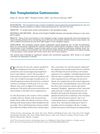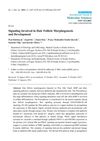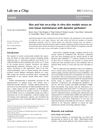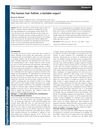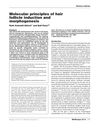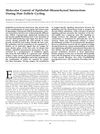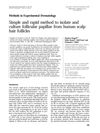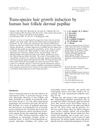Reconstructed Human Skin Shows Epidermal Invagination Towards Integrated Neopapillae Indicating Early Hair Follicle Formation In Vitro
April 2020
in “
Journal of Tissue Engineering and Regenerative Medicine
”
neopapillae spheroids dermal papilla cells reconstructed human skin RhS epidermal downgrowth hair follicle morphogenesis keratinocyte chemoattractant cytokine CXCL1 hair development hair biology regenerative medicine neopapillae dermal papilla human skin model epidermal growth hair follicle formation hair growth factor hair growth hair research hair regeneration
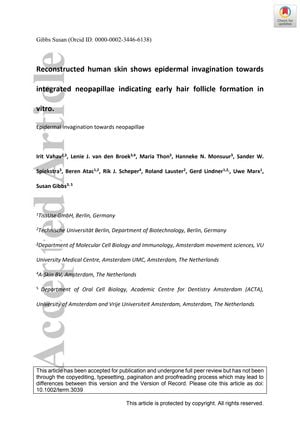
TLDR The experiment showed that human skin grown in the lab started to form early hair structures when special cell clusters were added.
The study from May 3, 2020, investigated the initiation of hair follicle formation in vitro by integrating neopapillae spheroids, which are condensed dermal papilla cells, into reconstructed human skin (RhS). The neopapillae spheroids were found to promote epidermal downgrowth and the early stages of hair follicle morphogenesis by expressing key genes and secreting factors that regulate hair development, including the keratinocyte chemoattractant cytokine CXCL1. The study, which involved three independent experiments with cells from different donors, concluded that the RhS model containing neopapillae could demonstrate the initial steps towards hair follicle formation in vitro, providing a valuable tool for further research in hair biology and regenerative medicine. The specific number of participants or samples was not mentioned in the summary.

